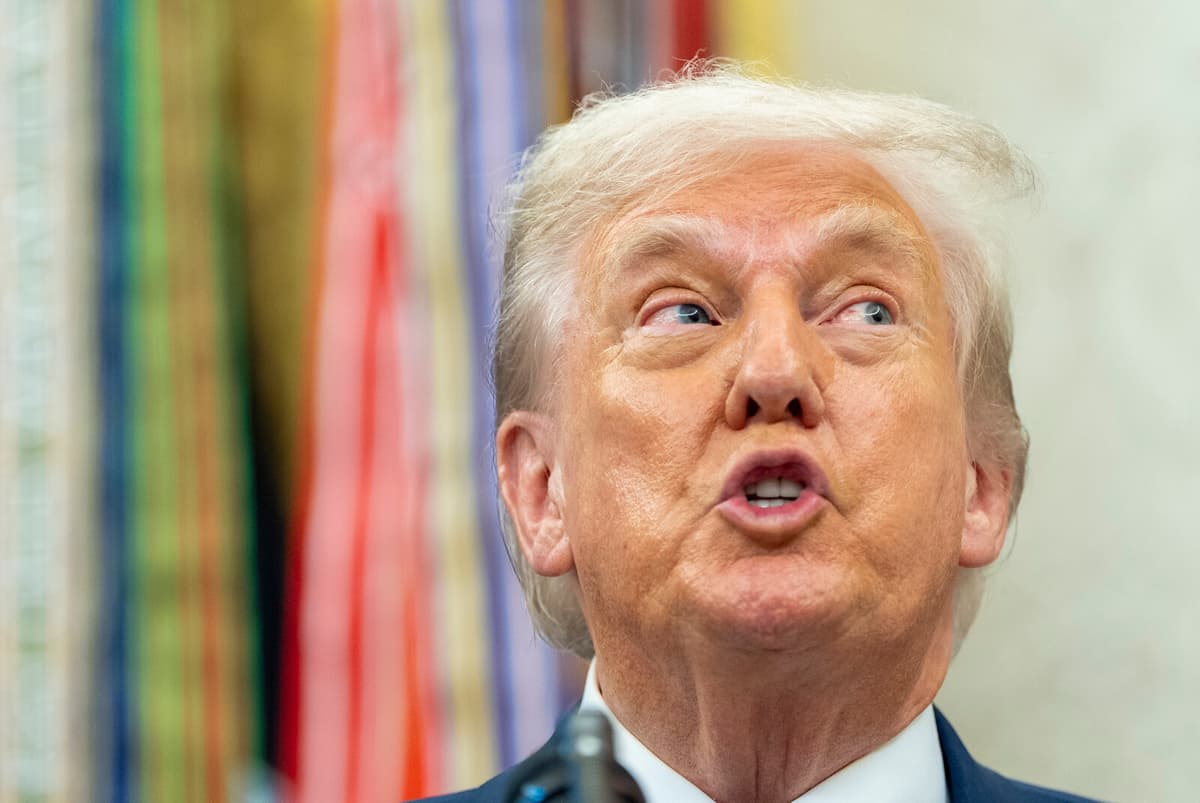The United States' extensive tariff package on goods from all over the world has been implemented and President Trump is rejoicing on social media over the "billions of dollars" that are now "pouring into the United States".
However, during the Thursday morning, the tariff rates had not yet been entered when the National Board of Trade tested the system with various goods. It is the EU Commission that will enter the tariff rates that are now in force.
We still see no confirmation that goods are subject to the new tariff rate on either side of the Atlantic, even though the system has come into force politically, says Michael Koch, head of the Unit for Economic Analysis at the National Board of Trade.
The time difference in the United States may be a reason for the delay - but also that the EU Commission has been uncertain until the last minute about which day actually applied to the entry into force after Trump's executive order on postponement last week.
Some relief among companies
Although the agreement has been criticized as a major concession from the EU's side, the fact that it has come into force has spread some calm among companies, according to Koch. The tariff hotline - which the National Board of Trade, on behalf of the government, established in the spring to support companies affected by the US tariffs - still receives daily calls from worried entrepreneurs.
But the uncertainty about the tariffs is manageable. This is the situation we have been waiting for, says Michael Koch.
Separate reporting of steel worries
A number of uncertainties remain regarding the agreement on 15 percent tariffs for most goods from the EU to the United States, which has not yet been incorporated into a legally binding agreement. No clarity exists, for example, on whether a product that has been assembled from different parts from, for example, China, but is exported from Europe, should be subject to Chinese or European tariffs, says Michael Koch.
Furthermore, tariffs on major export sectors such as steel, aluminum, and pharmaceuticals are still under negotiation. For the time being, sky-high 50 percent tariffs apply to the export of steel and aluminum to the United States.
What the tariff hotline is now getting several calls about is how a product that partially consists of steel should be separately reported.
If you have, for example, a bureau with metal fittings, you must report them separately in the customs declaration. Otherwise, you risk getting a 50 percent tariff on the entire product, says Michael Koch.
Ebba Blume/TT
Facts: Tariffs EU-USA
TT
On August 7, at 6 am Swedish time and midnight American time, the United States' import tariffs against the EU and large parts of the world began to apply.
A 15 percent tariff rate is introduced for most goods exported from the EU to the United States, as well as additional tariffs of 50 percent on steel and aluminum. Quotas for steel and aluminum are, however, under discussion.
Many uncertainties exist despite the fact that the US customs authority is now, on the orders of President Trump, to begin applying the new tariff rules. It is, for example, still unclear what will apply to tariffs on pharmaceuticals, where the United States has threatened to eventually introduce pharmaceutical tariffs as high as 250 percent.
On Wednesday evening, sources told Reuters that the EU will have to wait a few more days for a formal decision from Trump to reduce tariffs on European cars.
Sources: Reuters and the National Board of Trade.





